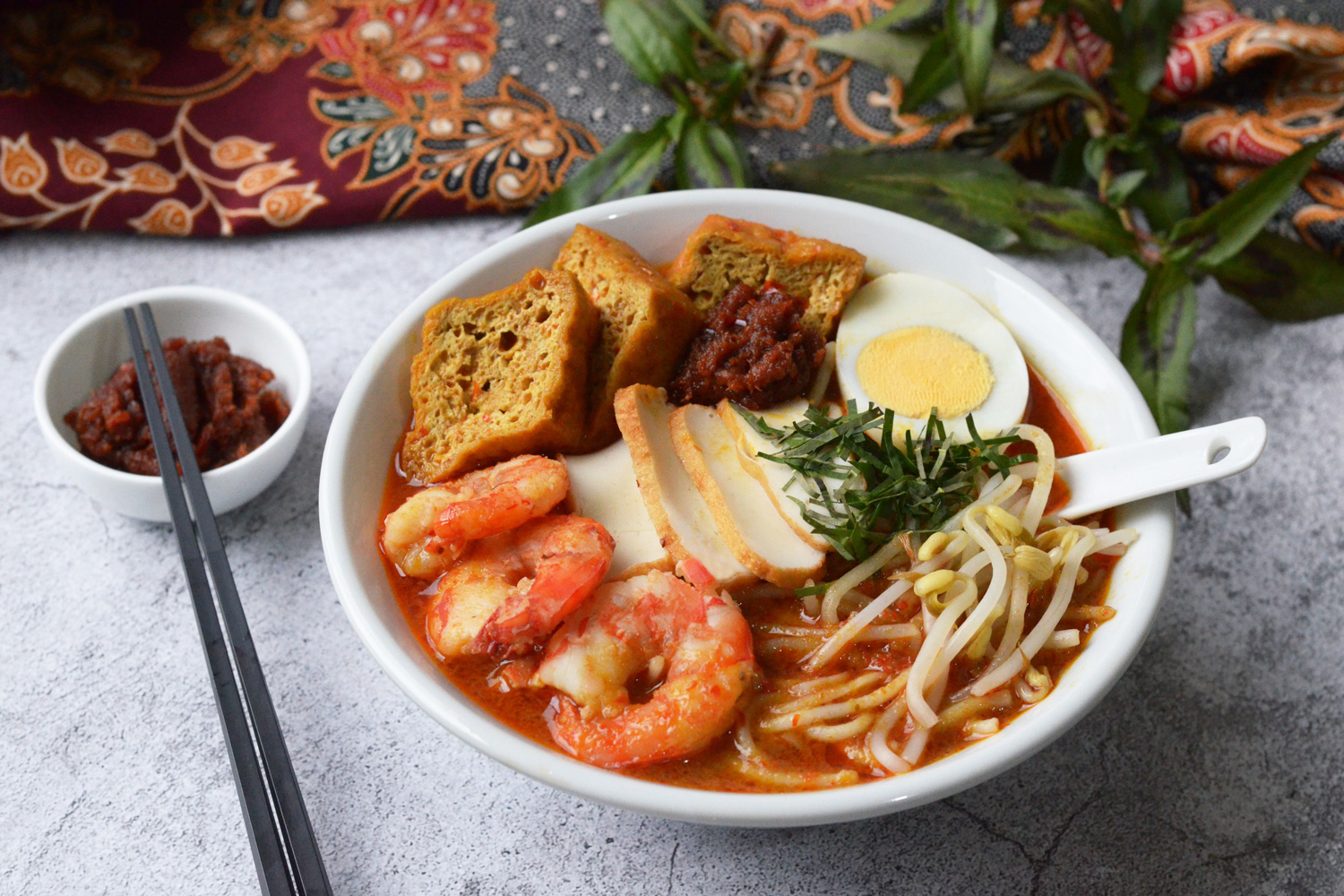pokomde.info – Bulgogi, meaning “fire meat” in Korean, is one of the most iconic dishes in Korean cuisine. Renowned for its mouthwatering aroma and tender texture, bulgogi has captivated taste buds worldwide. Whether served in traditional Korean meals or reimagined in fusion cuisine, this dish embodies the perfect balance of sweet, savory, and umami flavors.
A Brief History
The origins of bulgogi date back centuries to Korea’s Goguryeo era (37 BCE–688 CE). Initially, it was known as maekjeok and prepared as skewered meat grilled over an open flame. Over time, the dish evolved, incorporating marinades and thinly sliced cuts of beef, eventually becoming the bulgogi we know today. Traditionally, bulgogi was a royal delicacy, enjoyed by the upper class during special occasions.
Key Ingredients
The magic of bulgogi lies in its marinade, which typically includes:
- Soy sauce: The foundational base for savory flavor.
- Sugar or honey: Adds a hint of sweetness to balance the saltiness.
- Sesame oil: Provides a nutty aroma.
- Garlic and ginger: Essential for depth and warmth.
- Pear or apple: Used as a natural tenderizer and to enhance sweetness.
- Green onions: For a fresh, mild onion flavor.
The meat, often thinly sliced beef (commonly ribeye or sirloin), absorbs the marinade to create its signature taste.
Cooking Method
Traditionally, bulgogi is cooked over an open flame, lending it a slightly smoky flavor. Modern methods include pan-frying or grilling on a tabletop barbecue. The dish is often accompanied by rice, lettuce wraps (ssäm), and a variety of side dishes (banchan).
Global Influence
Bulgogi’s popularity has transcended Korean borders, becoming a beloved dish in many countries. In the United States, it’s frequently featured in Korean barbecue restaurants and fusion dishes like tacos, burgers, and pizza. Its adaptability has made it a culinary bridge, introducing Korean flavors to international audiences.
Tips for Making Bulgogi at Home
- Choose the right cut: Opt for well-marbled beef for the best flavor and texture.
- Slice thinly: Freezing the meat for 30 minutes before slicing helps achieve thin, uniform cuts.
- Marinate well: Allow the meat to soak for at least an hour, though overnight is ideal for deeper flavor.
- Cook quickly: High heat ensures caramelization while keeping the meat tender.
Conclusion
Bulgogi is more than just a dish; it’s a cultural experience that brings people together. Whether enjoyed at a bustling Korean barbecue restaurant or prepared at home, bulgogi showcases the richness of Korean culinary traditions and the universal appeal of expertly seasoned, perfectly cooked meat. If you haven’t tried bulgogi yet, it’s time to indulge in this delicious slice of Korean heritage.








